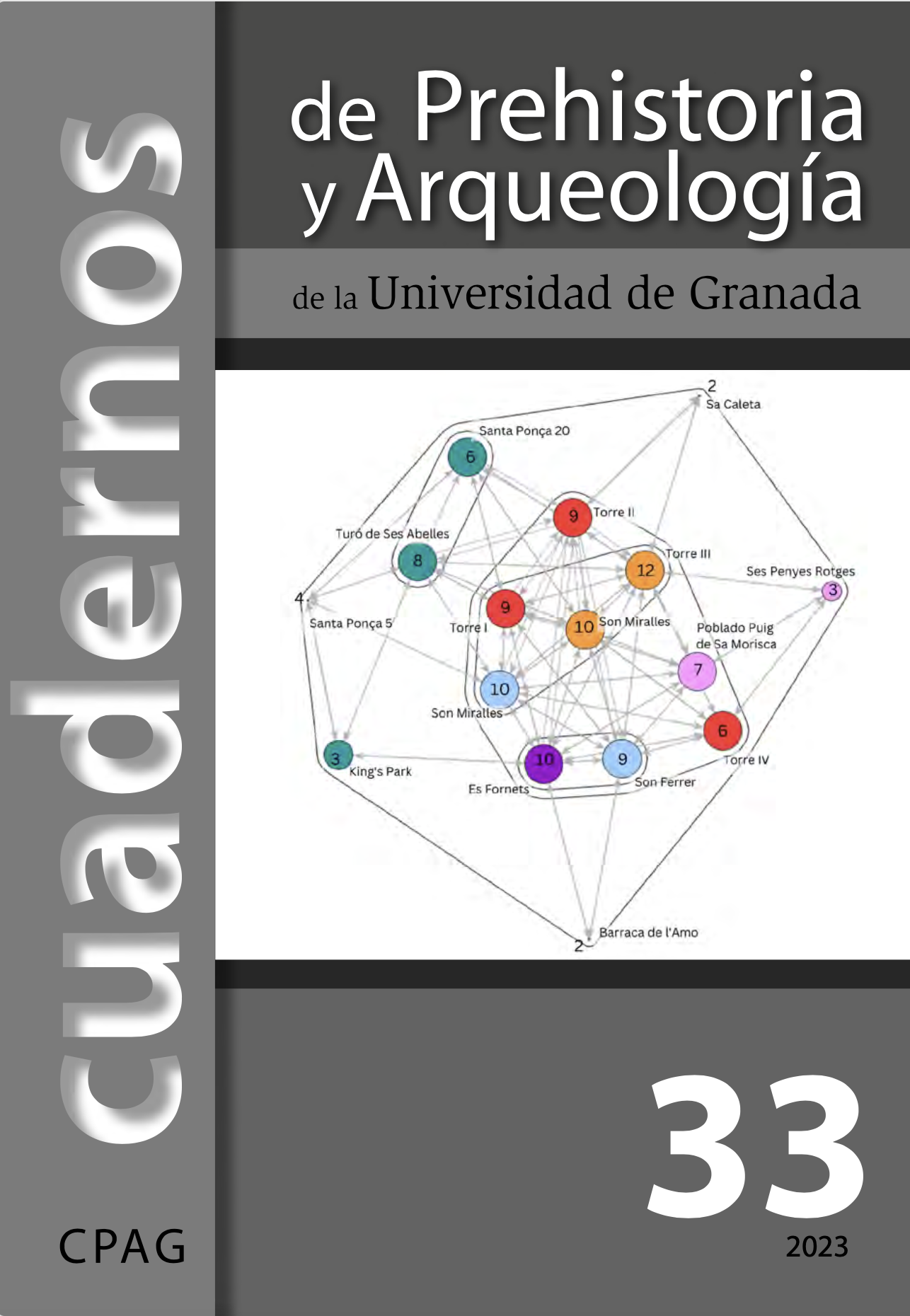TRIGO, PÓLVORA Y DATOS: EL ABASTECIMIENTO DE BARCELONA DURANTE EL ASEDIO DE 1713-1714 BAJO LA LENTE DE LAS HUMANIDADES DIGITALES
Contenu de l'article principal
Résumé
La investigación de la conectividad de las sociedades pasadas a través de evidencia arqueológica ha ido integrando diversas herramientas computacionales, que han mejorado nuestra comprensión de las dinámicas de interacción entre grupos y territorios. Esta adopción de métodos computacionales en arqueología no ha tenido un desarrollo paralelo en la investigación histórica, pese al enorme potencial de las fuentes textuales para explorar patrones de conectividad a gran escala. Este trabajo aplica un enfoque basado en Humanidades Digitales para analizar la red de suministro de Barcelona durante el asedio llevado a cabo por los ejércitos combinados de Francia y España entre julio de 1713 y septiembre de 1714. Los resultados muestran que la ciudad, lejos del mito popular de la defensa desesperada y aislada, generó una compleja red de conectividad marítima con otros territorios imperiales que garantizó su abastecimiento e imposibilitó cualquier intento de capturar la ciudad. Este equilibrio finalizó tan sólo cuando las monarquías borbónicas desplegaron nuevos navíos de línea que consiguieron el bloqueo efectivo de la ciudad en julio de 1714, permitiendo así la derrota final de sus defensores dos meses después. Más allá del caso de estudio, el trabajo propone una metodología para el estudio de dinámicas complejas de conectividad a partir de fuentes textuales a través de la combinación de tres herramientas computacionales: la anotación de textos, los Sistemas de Información Geográfica, y la visualización de datos.



